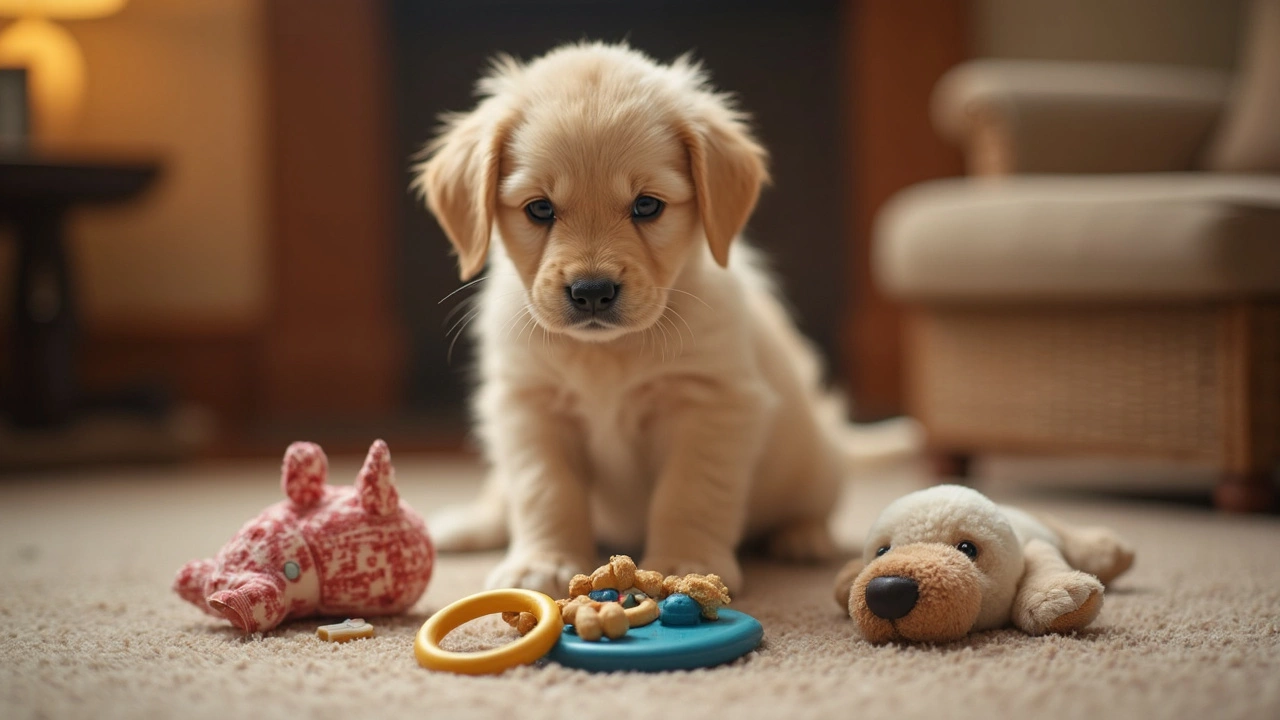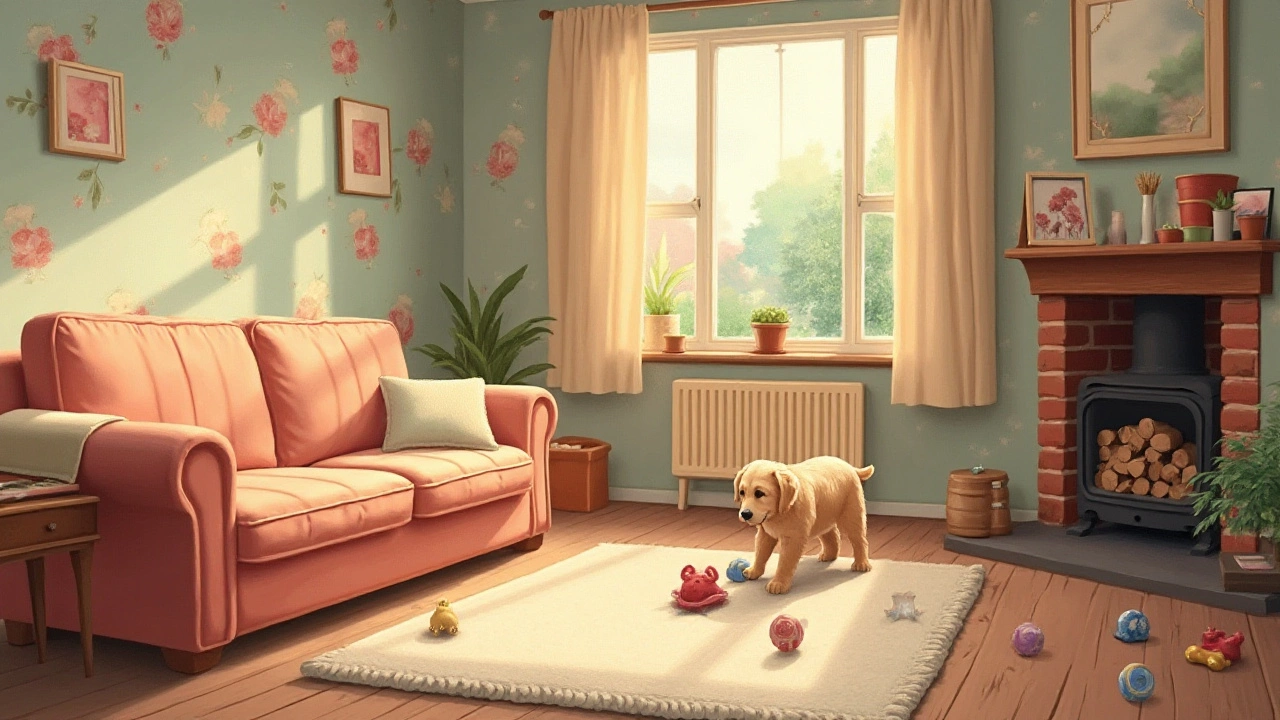New Puppy Basics: What Every First‑Timer Needs to Know
Bringing a puppy home is exciting, but it can feel like a whirlwind of questions. Do you know when to feed, where to sleep, or how fast potty training should happen? Below you’ll find the no‑fluff, step‑by‑step info that helps you settle in fast and keep your pup happy.
Feeding, Sleep, and Crate Essentials
Start with a solid feeding schedule. Most puppies do well with three meals a day until they’re about six months old, then shift to twice daily. Pick a high‑quality puppy food, measure the portion, and stick to the same brand for a few weeks to avoid tummy upsets.
Sleep matters more than you think. Puppies need 14‑18 hours of sleep a day, so give them a cozy, safe spot. A puppy bed in a quiet corner works, but many owners find the crate method helps with routine. If you use a crate, keep the door open during the day for short play breaks and close it at night for a secure feel. The crate isn’t a punishment – it’s a den where the pup can relax.
When it comes to bedtime, aim for a consistent time—around 8‑9 pm works for most families. A short bathroom break right before lights out reduces night accidents. If you’re wondering whether to let your puppy sleep in your bedroom, the answer is personal. Sharing a room can calm a nervous pup, but make sure the crate is positioned so the dog can’t jump out and disturb you.
Potty Training, Socialising, and Early Health
Potty training often gets the most buzz. Realistically, expect a timeline of 3‑4 months for most breeds. Take the pup out after meals, naps, and play sessions—about every two hours at first. Use a consistent cue like “Go potty” and reward with praise or a treat straight away. If an accident happens, clean the spot with an enzymatic cleaner and avoid scolding; the puppy is still learning.
Socialisation should start early but stay gentle. Introduce your puppy to new sounds, surfaces, and friendly dogs while they’re in that critical window (8‑16 weeks). Short, positive experiences build confidence. A quick walk in a quiet park, a visit to a pet‑friendly shop, or a playdate with a calm dog can work wonders.
Health basics are simple: schedule a vet visit within the first week for a wellness exam and to set up vaccinations. Talk to the vet about deworming, flea protection, and microchipping. Most vets recommend a core vaccine series over the first 16 weeks, then boosters annually.
Finally, gather the must‑have supplies before the puppy arrives: a properly sized collar, leash, chew toys, grooming brush, and a pet‑safe cleaning kit. A good quality puppy food, a crate, and a comfy bed are the foundation of a smooth start.
Stick to these basics, stay patient, and enjoy the growing bond. Your new puppy will quickly become a beloved member of the family, and the early routine you set will pay off with a well‑behaved, confident dog for years to come.
Posted By Bryndle Redding On 29 Mar 2025 Comments (0)
The Rule of 3 for a New Puppy: Navigating Toys and Playtime
Getting a new puppy is exciting, but knowing how to choose the right toys can be overwhelming. Enter the 'Rule of 3,' a simple guideline to ensure safe and enjoyable play for your furry friend. It helps in selecting toys that cater to a puppy's teething needs, mental stimulation, and comfort. This rule keeps your pet entertained while promoting healthy development. Everyone wants a happy puppy, right?
READ MOREPosted By Bryndle Redding On 1 Feb 2025 Comments (0)
Best Places to Keep Your 8-Week-Old Puppy Safe and Happy
Welcoming a new puppy into your home comes with a mix of excitement and responsibility. To ensure your 8-week-old furry friend stays safe and happy, it's crucial to know the best places to keep them during this early stage. From creating a designated puppy area to incorporating the right toys, these tips will help you provide a nurturing environment. Learn about puppy-safe zones, the influence of toys on development, and how to balance freedom and security. This guide will equip you with the knowledge to make your puppy's transition as smooth as possible.
READ MORE
